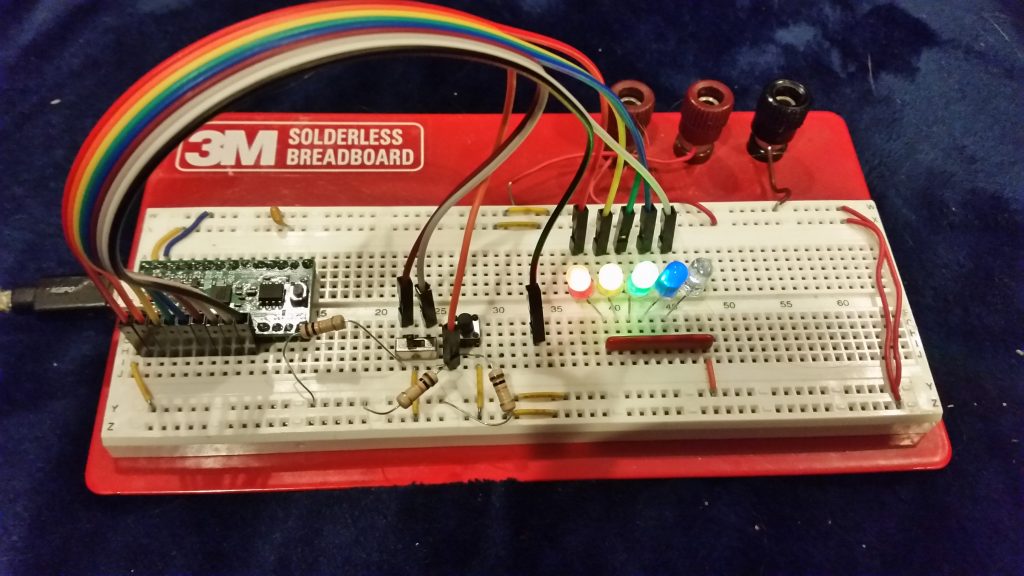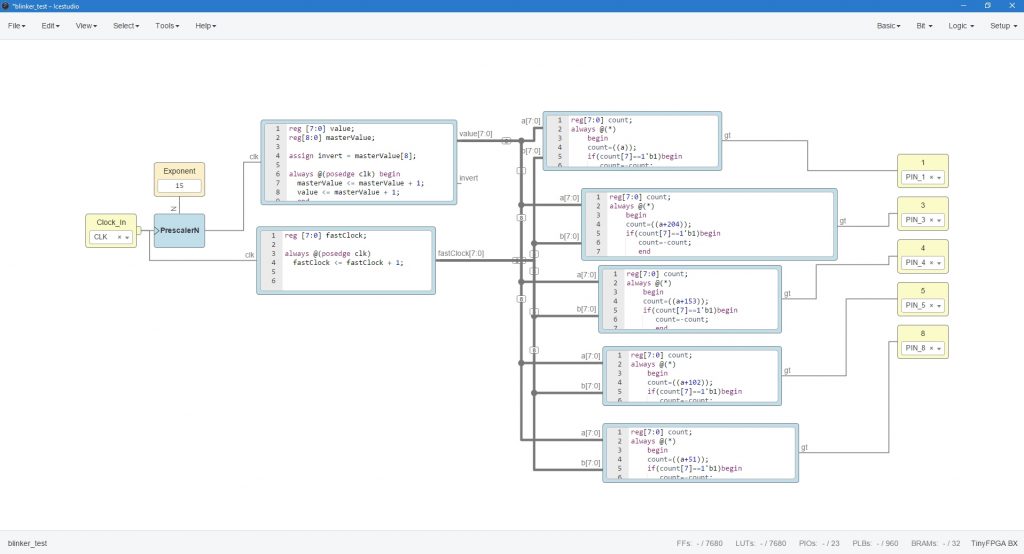There’s a reason this post title is in quotes: one of the most unbreakable, solid scientific laws we know of — one of the ones that we’ve never known to be wrong — says that energy cannot be created or destroyed, other than conversions between mass and energy (as in nuclear reactions.)
In simpler words, this means that “free energy” cannot exist, unless you mean harvesting already-existing energy sources such as wind or solar power. Science is, after all, simply the process of figuring out what explanations make correct predictions about actual events, and which do not.
And we figured out a long time ago that energy cannot be created from nothing. Even the one minor exception that Einstein found unlocked all of atomic power for humankind — from nuclear power plants to hydrogen bombs, as well as much of modern medicine.
So we know the laws of thermodynamics quite well. Energy (if you include matter as energy, as Einstein showed) cannot be created or destroyed. This is right up there with “two things cannot be in the same place at the same time” and universal gravitation. It’s right, every time. We’ve never come across any macro-scale exceptions.
This doesn’t stop the thousands of YouTube videos purporting to show how to build “free energy” gizmos that can power your whole house by connecting up some spark plugs and magnets to a battery-powered fan or something. It’s understandable: it costs almost nothing to make a quick video and post it online. People are gullible and bored, and they’ll watch just about anything.
And views are views, whether you’re a scam artist or one of the good ones promoting solid science, engineering, or math. Unfortunately, really bad science is sometimes passed off as good entertainment and the distinction isn’t always clearly labeled.
Now, as Ross Perot would have said, here’s the deal. Let’s suppose for a minute that the scientists and engineers have overlooked some clever way of tricking the Universe into providing truly limitless, free energy. It could happen, you might think. Similar stuff has happened before, and the electric motor was pretty magical when it was first invented. Suppose some garage inventor, working in his or her lab just like Faraday, came up with just the right combination of wires and magnets to go over-unity and produce a net energy gain.
This wouldn’t be a world-changing invention. This would be THE world-changing invention — probably beating out more mundane ones like the invention of fire and the wheel, over time. We would, as a species, suddenly have the ability to travel, for cheap. We could desalinate as much water as we need from the world’s oceans. It would benefit everybody — even the billionaires would become quadrillionaires!
This would be Minecraft on creative mode. There would be no reason on Earth to suppress such an invention, and absolutely no way to do so, once anybody else learned about it. We wouldn’t just be able to power our homes for free. We’d have our own spaceships!
So if you believe in true “free energy” devices, you are required to also believe that:
- The vast majority of the world’s scientists and engineers are complicit in covering up the biggest secret in history,
or - Some obscure inventor has come up with this idea, but Big Oil or the Illuminati or whomever has suppressed it, and is sitting on it or is trying to destroy it. (Hint: they would patent it and put it into production as fast as possible and sell energy 5% cheaper than the next guy, while they paid nothing) — and nobody else has managed to figure out how it was done. If a set of plans or an Internet video exists of it, this is not the case. If people have bought these plans and they worked, at some point an engineer will see one, they’ll call the news, and then everybody will know. And the media would cover it. Some reporter would be getting a Pulitzer to go with the inventor’s Nobel.
TL;DR: These so-called “free energy” devices are almost certainly not possible, despite the fact that they would benefit absolutely everybody. If they did exist, they would be civilization-changing in a way we’ve never seen before, and there would be no keeping it secret.
So if you didn’t know better, that’s why these videos are invariably clickbait and complete nonsense. Please don’t encourage their makers (except to make legitimate claims about what they create.)
If you do know better, please don’t make these videos! The last thing we need right now is more people doubting good science and thinking the world is run by some shadowy Deep State.
And if you’re Mehdi, thank you. Good to see a fellow Jedi. Maybe don’t lick the science next time, though?



